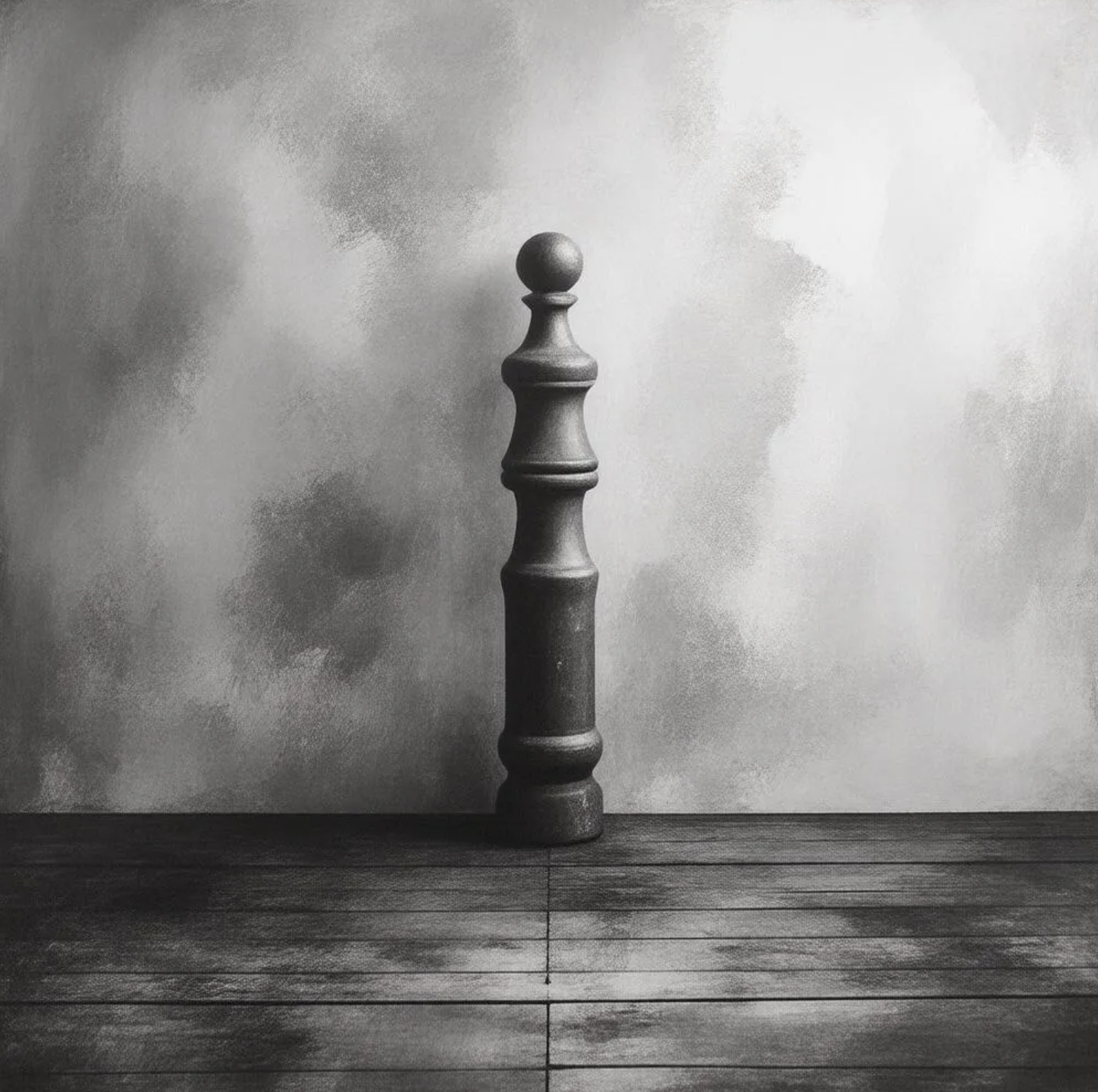Struggling with addiction and a mental health disorder? Learn how dual diagnosis treatment works and find integrated rehab programs near you.
Nearly 50% of people with addiction also have a mental health disorder like anxiety, depression, or PTSD—a condition called dual diagnosis (NIDA). Ignoring one condition often derails recovery from the other. This guide explains how dual diagnosis treatment works, why it’s critical for long-term sobriety, and how to find specialized care.
1. What Is Dual Diagnosis?
Dual diagnosis (or co-occurring disorders) means someone has both a substance use disorder and a mental health condition. Common pairings include:
- Alcohol addiction + depression
- Opioid dependence + PTSD
- Stimulant abuse + anxiety disorders
Why It Matters:
- Untreated mental health issues lead to 75% of relapses (SAMHSA).
- Integrated treatment programs improve sobriety rates by 60% compared to standard rehab (Journal of Dual Diagnosis).
2. Signs You Need Dual Diagnosis Treatment
- Using substances to cope: “I drink to quiet my panic attacks.”
- Mood swings persist in sobriety: Depression, anger, or isolation after detox.
- Failed past treatments: Relapsing after rehab that didn’t address mental health.
Action Step: Take our Self-Assessment Quiz to evaluate your needs.
3. How Dual Diagnosis Rehab Works
Phase 1: Integrated Assessment
- Psychiatrists screen for disorders like bipolar, OCD, or borderline personality disorder.
Phase 2: Simultaneous Treatment
- Therapies used:
- Cognitive Behavioral Therapy (CBT)
- Trauma-informed care
- Medication-assisted treatment (MAT)
- Holistic supports: Yoga, art therapy, and mindfulness.
Phase 3: Aftercare Planning
- Continued mental health counseling and peer support groups.
4. Why “Traditional Rehab” Often Fails for Dual Diagnosis
- Detox-only programs don’t treat anxiety/depression.
- Non-specialized staff may misdiagnose symptoms.
- Example: A person self-medicating PTSD with opioids relapses if trauma isn’t addressed.
Key Stat: Only 12% of rehabs offer true dual diagnosis care (NSDUH).
5. How to Find a Dual Diagnosis Rehab Center
- Search accredited facilities: Use our Dual Diagnosis Clinic Finder to filter by:
- Psychiatric services
- Trauma therapy
- Insurance acceptance
- Ask these questions:
- “Do you have licensed psychiatrists on staff?”
- “What therapies do you use for co-occurring disorders?”
6. Paying for Dual Diagnosis Treatment
- Insurance: ACA requires coverage for mental health and addiction. Verify benefits here.
- Grants: SAMHSA offers vouchers for low-income patients.
- Sliding-scale clinics: Search here for affordable options.
7. Managing Mental Health in Early Sobriety
- Daily habits:
- Track moods with apps like Moodfit or Daylio.
- Attend dual recovery Anonymous (DRA) meetings.
- Avoid:
- Skipping prescribed medications.
- High-stress environments (e.g., toxic relationships).
8. State-by-State Dual Diagnosis Resources
- California: Free telehealth psych evaluations via the CA Mental Health Dept.
- Texas: State-funded dual diagnosis clinics in Houston, Dallas, and Austin.
- New York: 24/7 crisis line for co-occurring disorders: 1-888-999-1941.
“Dual Diagnosis Treatment Saved My Life”
“I finally found a rehab that treated my PTSD and alcohol addiction together. I’m 18 months sober and off anxiety meds.” – Rachel, Denver, CO
Find Dual Diagnosis Rehab Centers
Important Disclaimer
The Sober Standard does not provide medical advice. Treatment outcomes vary based on individual needs.
